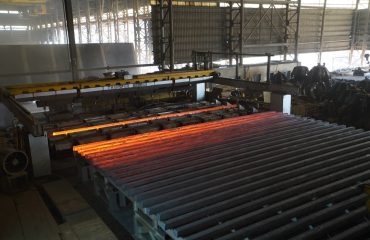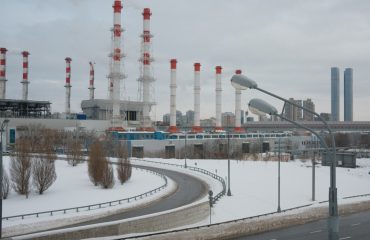body { font-family: sans-serif; line-height: 1.6; }
h1, h2, h3 { color: #333; }
h1 { font-size: 2.5em; }
h2 { font-size: 2em; }
h3 { font-size: 1.5em; }
The world of steel is undergoing a significant transformation, thanks to the advent of nanotechnology. Nanomaterials, with their unique properties stemming from their incredibly small size, are revolutionizing steel surface treatments, offering enhanced performance and durability previously unattainable. This post delves into the exciting applications of nanotech in improving the properties of steel.
Enhanced Corrosion Resistance with Nanomaterials
Corrosion is a significant concern for steel structures, leading to costly repairs and potential safety hazards. Traditional methods of corrosion protection often involve thick coatings that can be bulky and less aesthetically pleasing. Nanotechnology offers a more elegant solution. Nanoparticles of materials like zinc oxide (ZnO), titanium dioxide (TiO2), and cerium oxide (CeO2) can be incorporated into coatings or applied directly to the steel surface. These nanoparticles create a dense, protective barrier that significantly inhibits the penetration of corrosive agents like oxygen and water. Furthermore, self-healing coatings incorporating nanocapsules filled with corrosion inhibitors are being developed. When the coating is damaged, these capsules release the inhibitor, repairing the defect and preventing further corrosion. This leads to extended lifespan and reduced maintenance costs for steel components in various applications, from bridges and pipelines to automotive parts.
Improving Wear Resistance through Nanocoatings
Steel surfaces subjected to friction and wear, such as those found in engine components or cutting tools, benefit greatly from nanotechnology. Nanocoatings based on diamond-like carbon (DLC), tungsten carbide (WC), or other hard nanomaterials offer exceptional wear resistance. These coatings are significantly harder and more durable than conventional coatings, resulting in extended tool life and reduced friction. The incorporation of nanoparticles into these coatings further enhances their performance by increasing their hardness, toughness, and resistance to abrasion. This translates to increased efficiency, reduced downtime, and cost savings in industries relying on high-performance steel components.
Nanotechnology for Enhanced Surface Hardness and Strength
Beyond corrosion and wear resistance, nanotechnology can directly enhance the inherent hardness and strength of steel surfaces. Techniques like ion implantation and laser surface treatment can introduce nanoparticles or modify the surface microstructure at the nanoscale, leading to significant improvements in mechanical properties. For example, incorporating carbon nanotubes or graphene into the steel matrix can create a nanocomposite material with enhanced strength and toughness. This is particularly beneficial in applications where high strength and durability are critical, such as aerospace components or high-strength steel structures.
Self-Cleaning and Antibacterial Steel Surfaces
Nanotechnology also opens up possibilities for creating self-cleaning and antibacterial steel surfaces. The incorporation of photocatalytic nanoparticles, such as titanium dioxide (TiO2), into coatings can lead to surfaces that break down organic pollutants and bacteria when exposed to UV light. This is particularly useful in applications where hygiene is paramount, such as food processing equipment, medical instruments, and building materials. These self-cleaning surfaces reduce the need for harsh cleaning agents and contribute to a more hygienic environment.
The Future of Nanotech in Steel Surface Treatments
The field of nanotechnology in steel surface treatments is rapidly evolving. Ongoing research focuses on developing more efficient and cost-effective methods of applying nanomaterials, exploring new nanomaterials with enhanced properties, and creating more sophisticated nanocomposites. The future holds the promise of even more durable, corrosion-resistant, and high-performance steel components with tailored properties for specific applications. This includes the development of smart coatings that can monitor their own condition and trigger self-repair mechanisms, as well as the integration of nanotechnology with other advanced manufacturing techniques, such as additive manufacturing (3D printing), to create complex steel components with unprecedented properties.
The integration of nanotechnology into steel surface treatments is not just an incremental improvement; it’s a paradigm shift. It promises a future where steel structures are stronger, more durable, and more sustainable, leading to significant advancements across various industries.
SEO-Friendly Tags:
#Nanotechnology #SteelSurfaceTreatment #CorrosionResistance #WearResistance #Nanocoatings




